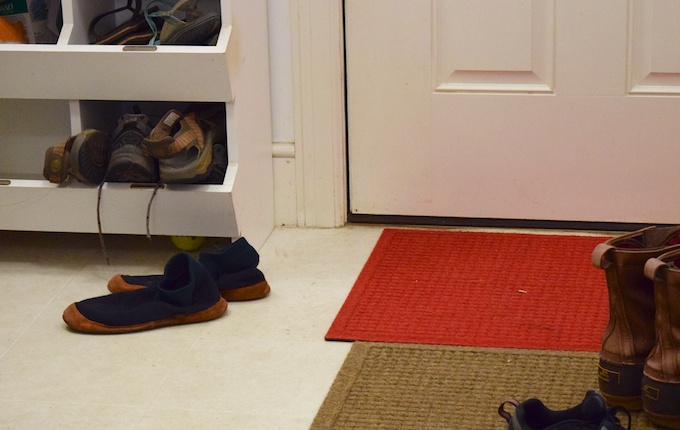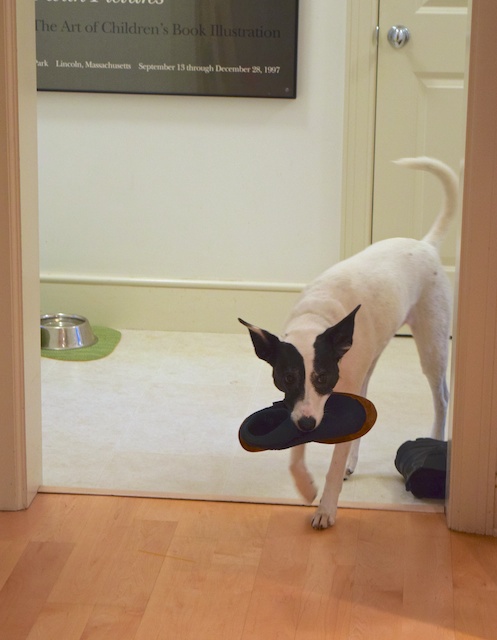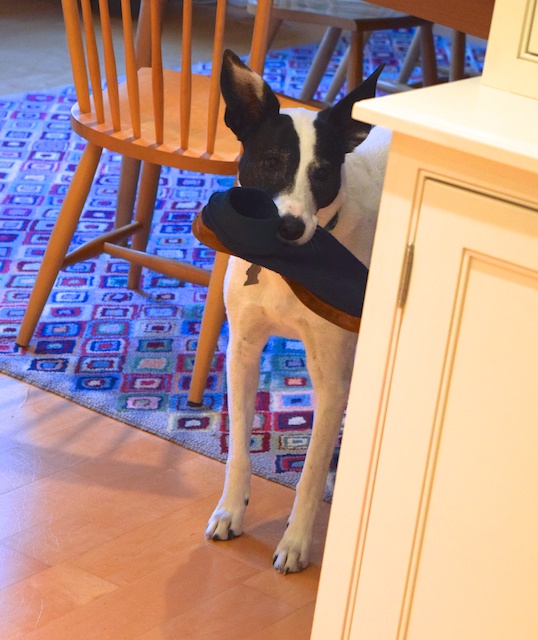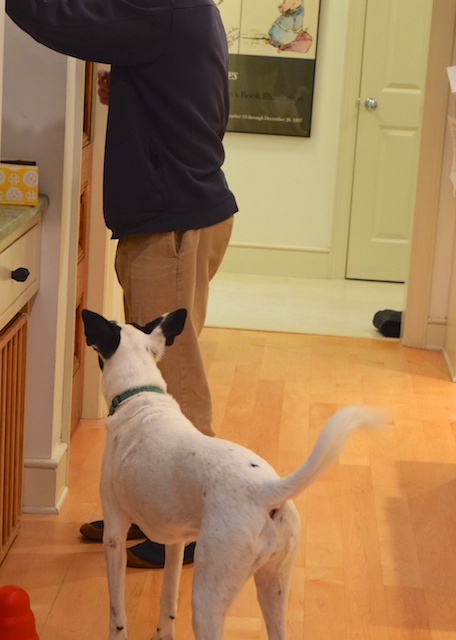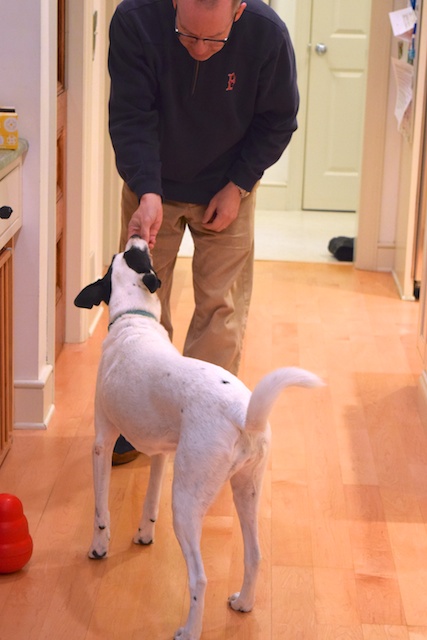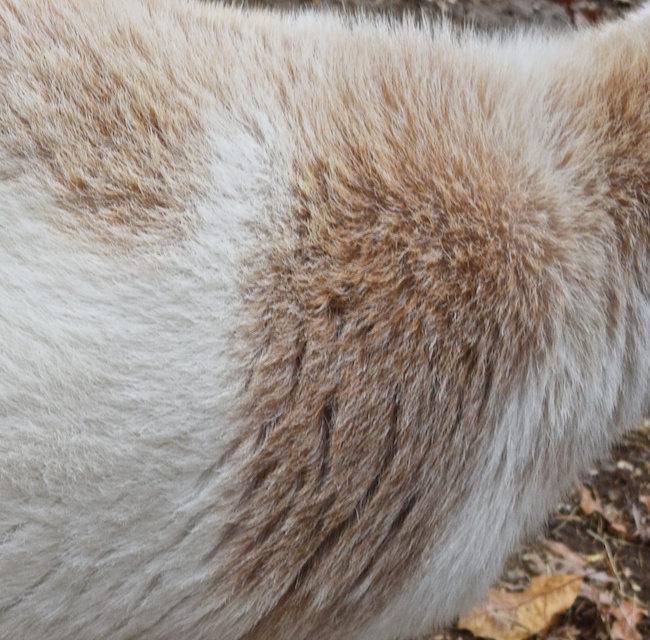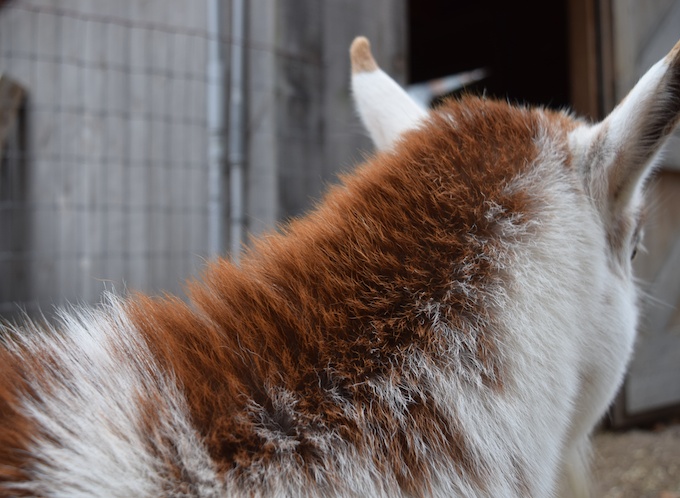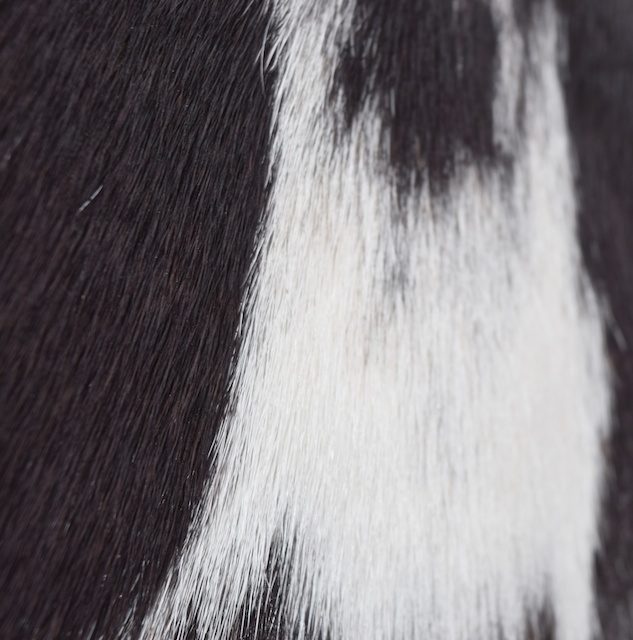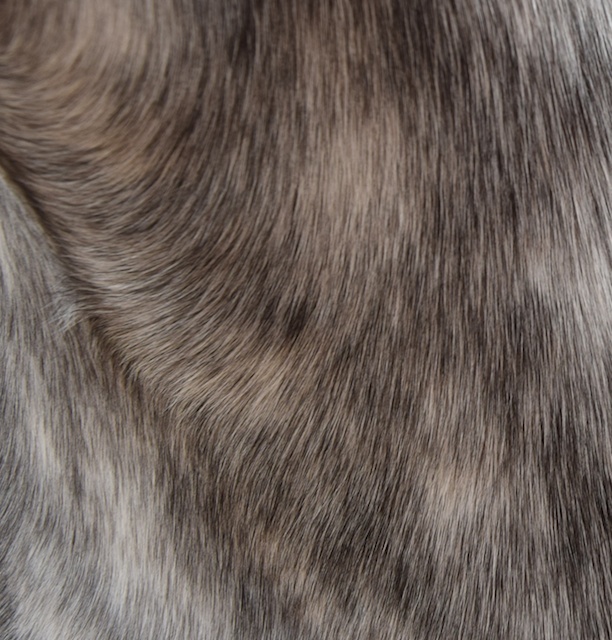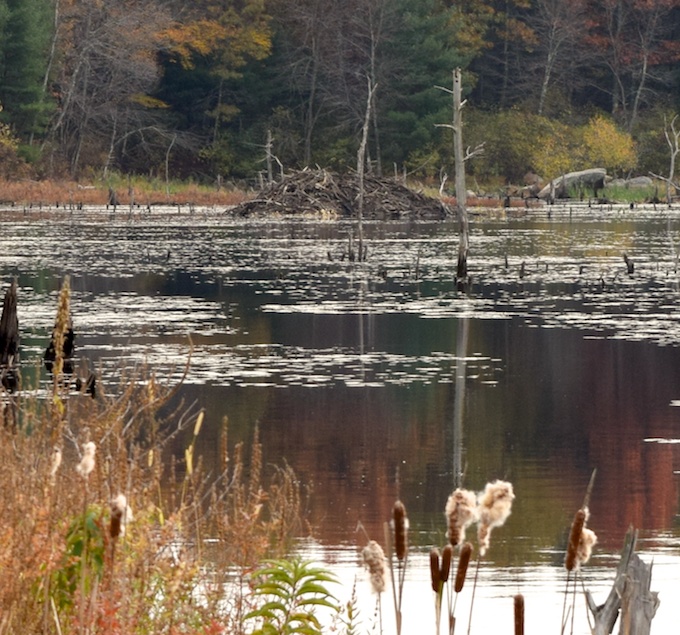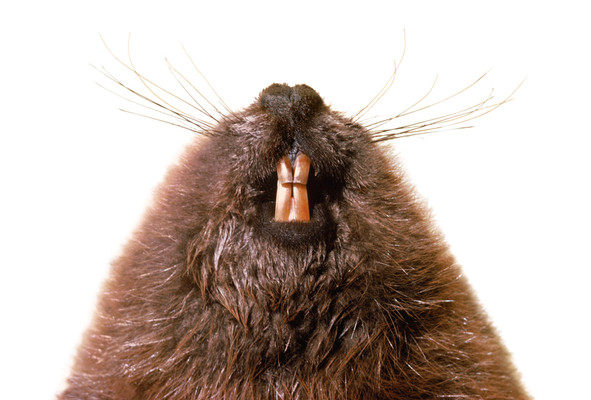I have not jumped onto the gluten-free bandwagon. I love bread and pastries and pies with crust. Sometimes, though, I make quiche without the pastry. Last week, a dear friend came to visit. She was staying in Boston to attend a food conference, but she played hooky for the day with me. I knew that for work she was eating elaborate meals morning, noon and night, and so I wanted to provide a light but delicious and satisfying lunch. Despite the molt and reduced production, I still had eggs in the fridge. I made a crustless quiche.
Crustless Quiche
5 eggs
2/3 cup whole milk
1/4 to 1/2 teaspoon kosher salt (quantity depends on the saltiness of the cheese)
1/4 teaspoon freshly ground black pepper
1 tablespoon minced fresh herbs of choice
1/3 cup crumbled or diced cheese
1/2 sweet bell pepper, sliced
1. Preheat the oven to 325° F. Coat a pie plate with non-stick spray, or grease with butter.
2. It’s always best to assemble your ingredients before cooking. Crack the eggs into a bowl. Measure the milk, etc. Despite the overnight hard frost, oregano and parsley were still green and crisp in my garden. I snipped some, and washed and minced the leaves.

3. Using an electric mixer (or a wire whisk and your own energy) beat the eggs and milk for one minute until uniformly yellow and a tad frothy.
4. Stir in the herbs, salt and pepper. Pour into the pie plate.
5. Drop in the cheese, evenly distributing it throughout the quiche. I used feta cheese, but any number of cheeses would be excellent. I’ve made this with marinated mozzarella balls, and also with grated sharp cheddar.
6. Arrange the strips of bell pepper on the top. These will sink a bit, but you’ll still see them.
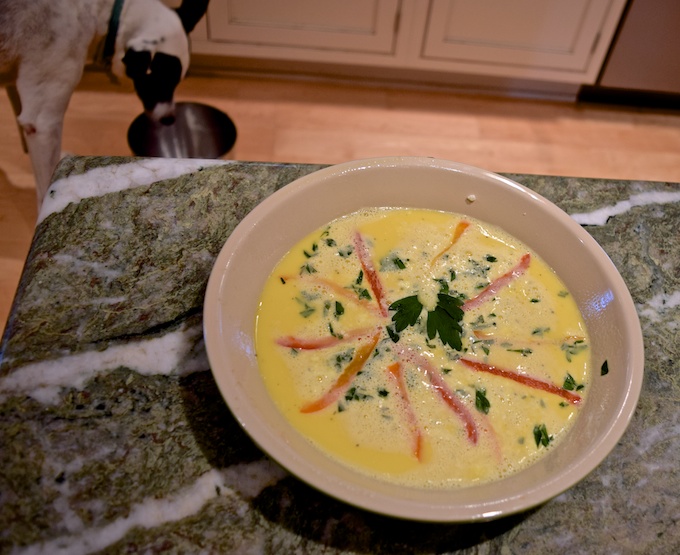
(Notice my helper in the kitchen who is cleaning the bowl.)
7. Bake for 30 to 35 minutes until the quiche puffs up.

The quiche is most impressive right out of the oven, it will deflate as it cools. No matter! It’s delicious room temperature, too, which is how I served it, along with goat cheese brie and crackers, a cabbage slaw made with dried cranberries and nuts, and a green salad that used the last of the romaine lettuce from the garden. For dessert we had a cortland apple crisp.
Let me know if you make this recipe and what type of cheese you tuck in.
